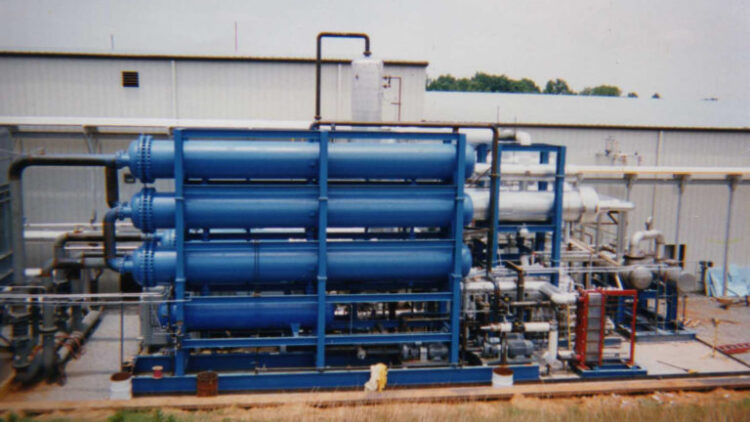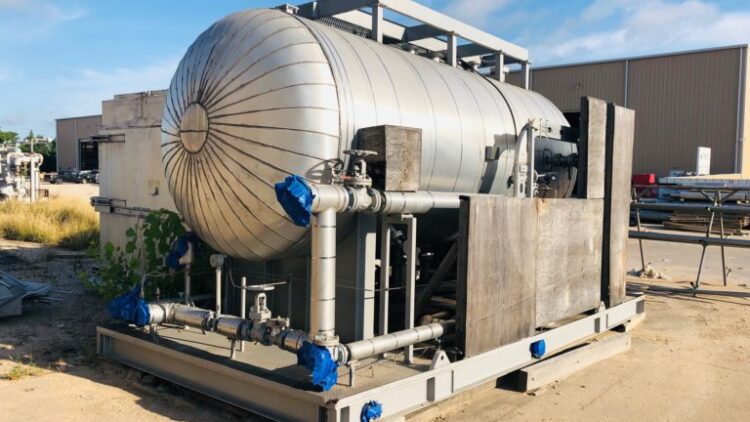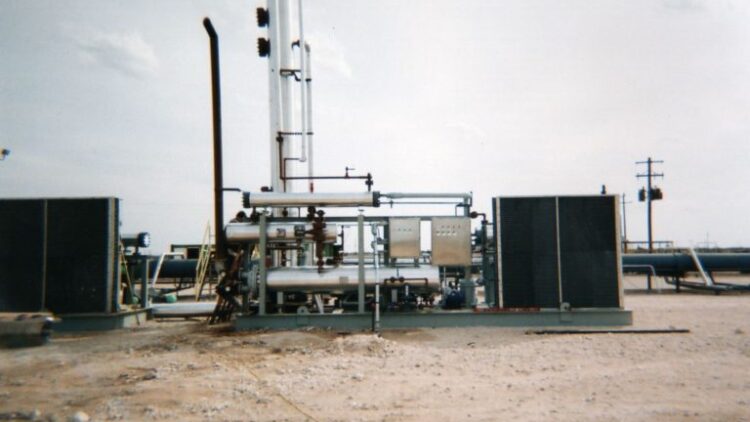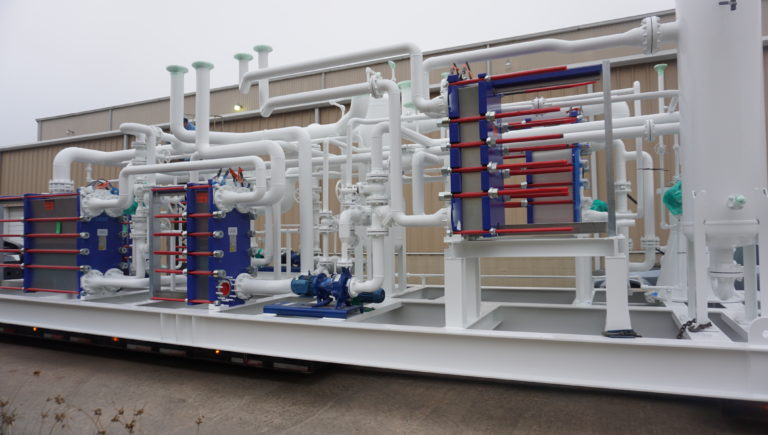Ammonia-Water Refrigeration
Those who are new to this concept would be surprised to know that this is one of the oldest forms of refrigeration. Though it is old, industries don’t see Ammonia-water refrigeration as an outdated method; it is being used extensively.
Most average consumers don’t know that all that the food and drinks we consume are kept under ammonia refrigeration technology. Now that explains how reliable and effective this technology is. There’s not a thing to worry about or be skeptical about it.
Ammonia-Water Refrigeration: The Definition
The definition is pretty simple. As the name suggests, it’s a refrigeration system that uses ammonia. For those who don’t know, ammonia is a chemical used to absorb heat from one surface and transfer it to the other. On the other hand, Concentrated ammonia is much colder and a better option to keep things cold for a longer period.
The refrigerators that we have in our homes use chemicals like CFCs and Freon. Both chemicals are proven to be pretty destructive for our environment and don’t come in cheap.
Ammonia-water refrigeration is quite an old concept that goes back to 1850s France. Later, the system was brought to the United States in 1860. With time things changed, and by the 1900s, ammonia-powered refrigerators got a green flag for commercial usage. The system was especially used to create ice blocks, keep food and beverage cold, and chemical production.
Later the chemical started being a crucial element in air conditioner solutions for both industrial and household settings. Though it was used globally back then, ammonia is no longer being used these days. However, it is still under operation in many industries as an ultimate cooling solution.
Some Hazards to Keep In Mind
You got to have proper safety equipment while using ammonia-powered refrigerators since that stuff is pretty cold. If you get exposed to it as little as 300 parts per million in the air, you are most likely to end up with disastrous health issues. Ammonia is a highly corrosive chemical that can leave long-term problems on the skin and eye.
Benefits of Ammonia-Water Refrigeration
It works exactly like every other vapor-compression refrigeration system. The only difference is the presence of ammonia, as it helps to remove the heat from the area and transfers it to others. Consider investing in acid gas removal solutions for better results.
With proper safety measures, you can expect things to run butter-smooth. These refrigeration units offer so many advantages compared to those that are powered with CFC and HFC. Here’s a list of some benefits that are worth checking out.
Pocket friendly
There’s much less need for piping – making it less expensive to make. You can expect to pay 10-20% less for ammonia-powered refrigeration solutions.
Ozone friendly
Unlike HFCs and CFCs responsible for ozone depletion, ammonia is not harmful to the ozone layer.
Energy efficient
Compared to CFCs, ammonia refrigerators consume much less energy – resulting in lower electricity bills.
Cheaper Chemical
Ammonia is less expensive than chemicals like CFCs, which explains the reason why industries prefer using Ammonia-water refrigeration.
In the End
If you feel like you’ve learned something of value from this post, do let us know by leaving a comment down below. And if you are looking forward to purchasing ammonia-powered refrigerators and acid gas removal solutions, make sure to check us out at Sep-Pro Systems.




